 The text is akin to a dissertation on the subject of an overview of the Regency style formed by the ancient Greeks and Romans, and adopted in 18th, 19th, and 20th century France, England and The United States of America.
The text is akin to a dissertation on the subject of an overview of the Regency style formed by the ancient Greeks and Romans, and adopted in 18th, 19th, and 20th century France, England and The United States of America. The text is chock full of historical facts, but written in a breezy style accessible to Recamier readers. Peppered with Regency era words like ‘the bon ton’ and ‘paste pot decor’ and 'beswagging’, it puts you in the milieu of decorators, upholsterers, drapers, furniture makers, and their clients of the era.
The text is chock full of historical facts, but written in a breezy style accessible to Recamier readers. Peppered with Regency era words like ‘the bon ton’ and ‘paste pot decor’ and 'beswagging’, it puts you in the milieu of decorators, upholsterers, drapers, furniture makers, and their clients of the era. The illustrations and photographs are spectacular.
The illustrations and photographs are spectacular.The time line from the ancients to period styles of 1700’s, and up to modern interpretation in 20th century Hollywood to the present day Regency influences, is jaw dropping.
We basically owe our present style of decorating to the Regency period of the 1700’s and 1800’s: Free floating furniture placement; furniture that does double duty; sumptuous color; over painting old inexpensive pieces to make them current; decorating with "paste pot" wallpaper and using draperies; hand painted murals; mixing the old with the new - are all things initiated back then, and still very much the way we decorate today.
The term Hollywood Regency has been erroneously applied to anything 21st century. A movie Regency style look really took place from the 1920’s - 1930’s, based on the European tendencies of Moderne and Art Deco, which in turn referenced certain classical forms.
A glamorous Hollywood style evolved and developed from the 1930’s into the 40’s and 50’s, the first design for the people movement. If a home decorator saw it on the movie screen, vendors soon enough sold the look for home use.
An East Coast style referencing Hollywood also took hold in New York, something called Vogue Regency. The interplay of fashion and decor was linked by the original Regency crowd in France and England. Think empire waist dresses, The Empress Josephine...
 ...and Madam Recamier, whose furniture style is very much in use today.
...and Madam Recamier, whose furniture style is very much in use today. Fashion and decor is certainly carried forward to the 21st century. The idea of changing your decor to keep as current as this year’s frock is something we've done since the 1930's.
Fashion and decor is certainly carried forward to the 21st century. The idea of changing your decor to keep as current as this year’s frock is something we've done since the 1930's.Even The Great Depression in the USA, and The Slump in England couldn't stop us from constantly decorating. I think this is going on right now during the current financial fiasco. We feather our nests the best we can to hunker down and wait it out.
 Kelly Wearstler does the forward for the book, and is mentioned as a guiding force to the current revival of modern Regency style. I find the omission of Jonathan Adler odd. Both of them share the same time line, the same look of things, one being East Coast, the other West Coast. Both revived Hollywood Regency and Vogue Regency in a major way.
Kelly Wearstler does the forward for the book, and is mentioned as a guiding force to the current revival of modern Regency style. I find the omission of Jonathan Adler odd. Both of them share the same time line, the same look of things, one being East Coast, the other West Coast. Both revived Hollywood Regency and Vogue Regency in a major way. Perhaps it’s Emily’s nod to the famous cadre of ‘lady decorators’ she documents from Elsie de Wolfe to Miss Wearstler.
Perhaps it’s Emily’s nod to the famous cadre of ‘lady decorators’ she documents from Elsie de Wolfe to Miss Wearstler.The section on the Lady Decorators is absolutely fascinating.
Emily describes the lady decorator: “It didn’t require training, just a vague attribute called ‘good taste’. Those who had an ‘eye’...
It kind of sounds like the current cadre of the blog writing blog-orators!
Dorothy Draper was among the most successful. A 1941 profile in Harper's Bazaar, included this observation: “Mrs. Draper calls herself ‘a professional stylist’ or ‘repackager.’ What she means by this is that as a decorator she has a purely merchandising viewpoint, like a packager of perfumes.”
The historical documentation in Regency Redux is flawless.
I would have liked to see reference to period American Regency other than Hollywood. Colonial times certainly had its fair share of Regency influence which can be seen in Jackie Kennedy’s White House (the ultimate Lady Decorator!)...
...and The Governor’s Palace at Williamsburg...
 ...and Thomas Jefferson’s Monticello.
...and Thomas Jefferson’s Monticello. Homes from that era such as Richard Jenrette’s Edgewater...
Homes from that era such as Richard Jenrette’s Edgewater... Dick Jenrette bought Edgewater from Gore Vidal in the 1970's for $125K. Vidal had purchased it some 30 years before for $35K. Mr. Jenrette was a client of mine, and I spent many lovely hours in this house.
Dick Jenrette bought Edgewater from Gore Vidal in the 1970's for $125K. Vidal had purchased it some 30 years before for $35K. Mr. Jenrette was a client of mine, and I spent many lovely hours in this house. The decorative arts of the period the house was built in, manifested the same fashion in classical Greek and Roman forms that had inspired it. The Duncan Phyfe, Lannuier and other antique furniture that Mr Jenrette acquired to go with the house represents the final flowering of hand-carved furniture in America.
... and Henry DuPont’s Winterthur also share profound Regency touchstones...
 ...the sweeping graceful stairway at Winterthur and the furniture below are Regency style.
...the sweeping graceful stairway at Winterthur and the furniture below are Regency style.
Regency style was surely realized in the form of American Empire furniture and decoration.

Even New Orleans has it’s fair share of Napoleonic Regency inspired interiors and architecture.
 The Pontalba buildings in New Orleans, the vision of The Baroness Pontalba, are designed based upon the Palais Royal and the Place des Vosges of Paris. Begun in the spring of 1849, they were finished in the winter of 1851. The Baroness had hired and fired the finest architects of the community, used their plans, then altered the product to her liking. The result was an amalgam of Creole, Parisian, and Greek Revival tastes and uses.
The Pontalba buildings in New Orleans, the vision of The Baroness Pontalba, are designed based upon the Palais Royal and the Place des Vosges of Paris. Begun in the spring of 1849, they were finished in the winter of 1851. The Baroness had hired and fired the finest architects of the community, used their plans, then altered the product to her liking. The result was an amalgam of Creole, Parisian, and Greek Revival tastes and uses.  The Soniat House hotel (above and below) in New Orleans was created over twenty years ago by combining three historic Creole town-houses. Two of the houses were built in 1830 by Joseph Soniat, a plantation owner who needed a house in New Orleans when visiting with his large family. Just four years later his oldest son built an even larger house. The three have become one. Many of the rooms have Regency style decor.
The Soniat House hotel (above and below) in New Orleans was created over twenty years ago by combining three historic Creole town-houses. Two of the houses were built in 1830 by Joseph Soniat, a plantation owner who needed a house in New Orleans when visiting with his large family. Just four years later his oldest son built an even larger house. The three have become one. Many of the rooms have Regency style decor. The sweeping staircase in The Soniat House has a Regency style. Many houses in the French Quarter have these staircases.
The sweeping staircase in The Soniat House has a Regency style. Many houses in the French Quarter have these staircases.This is The Pitot House in New Orleans (below). Located on historic Bayou St. John, the Pitot House is the only Creole colonial style house museum in New Orleans. It tells the story of life along Bayou St. John since the earliest days of settlement. The Pitot House has had a variety of owners from prominent lawyers to austere nuns. One of the most prominent was James Pitot, the first American mayor of New Orleans who lived here from 1810-1819. The scale of the house, and the delicate furnishings of the era are very Regency.
 ...and of course The Napoleon House. Few places capture the essence of New Orleans like the Napoleon House: Nearly a 300 year old landmark that is as unique as its French Quarter surroundings. The building's first occupant, Nicholas Girod, was mayor of New Orleans from 1812 to 1815. He offered his residence to Napoleon in 1821 as a refuge during his exile. Napoleon never made it, but the name remains. The Napoleon House has become one of the most famous bars in America, a haunt for artists and writers throughout most of the 20th century. Owned and operated by the Impastato family since 1914, it's a place that suspends you in time, where you can hear Beethoven's Eroiqua, which he composed for Napoleon.
...and of course The Napoleon House. Few places capture the essence of New Orleans like the Napoleon House: Nearly a 300 year old landmark that is as unique as its French Quarter surroundings. The building's first occupant, Nicholas Girod, was mayor of New Orleans from 1812 to 1815. He offered his residence to Napoleon in 1821 as a refuge during his exile. Napoleon never made it, but the name remains. The Napoleon House has become one of the most famous bars in America, a haunt for artists and writers throughout most of the 20th century. Owned and operated by the Impastato family since 1914, it's a place that suspends you in time, where you can hear Beethoven's Eroiqua, which he composed for Napoleon.While the French and English certainly “invented” the Regency vernacular, on this side of the pond, early 18th century Americans brought it with them, and ultimately made it their own in the 19th, 20th, and 21st centuries.
The Hollywood era is beautifully explained and illustrated, and the photos obtained from the Mandelbaum collection are rare enough to really be appreciated gathered in one volume.
As I look around my own living room, I realize how much Regency style I have intuitively acquired in the form of furniture that is portable and light in the form of settees, chairs, and little tables.
 I even have a paste pot detail in the form of a mural with a reference to ancient times!
I even have a paste pot detail in the form of a mural with a reference to ancient times! Look around your own home, no matter what style you have adopted, and I’m sure you will see the effects of Regency on your lifestyle too.
Look around your own home, no matter what style you have adopted, and I’m sure you will see the effects of Regency on your lifestyle too. I think anyone who loves decor and interior design, who loves the movies, who loves the history of decorating, whether it be for a movie fantasy, a middle class home, or a grand house of the wealthy, will certainly want to add the masterful Regency Redux to their collection.
I think anyone who loves decor and interior design, who loves the movies, who loves the history of decorating, whether it be for a movie fantasy, a middle class home, or a grand house of the wealthy, will certainly want to add the masterful Regency Redux to their collection.Jennifer Dwyer from The Peak Of Chic is acknowledged and thanked, and if you go to her blog, you will find many fine postings on Regency Redux.















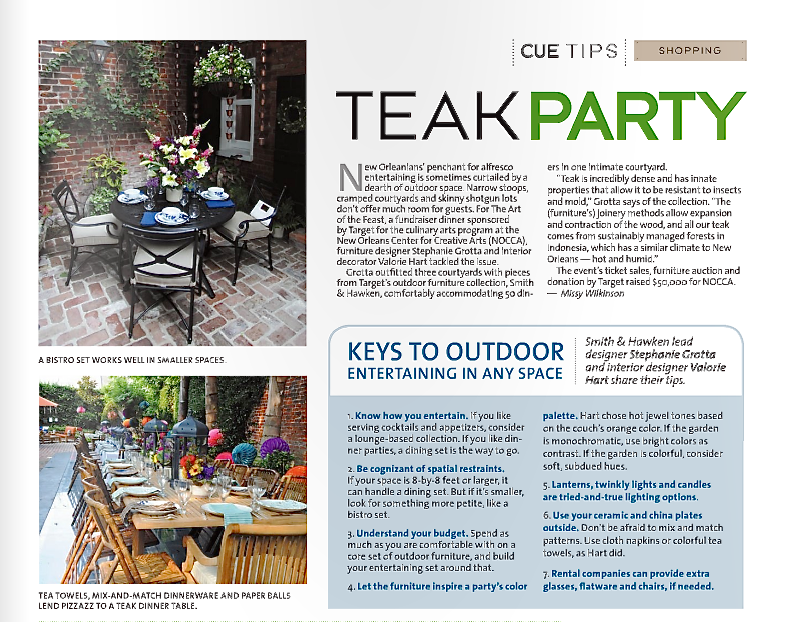




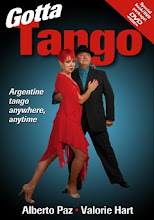













.png)





























































































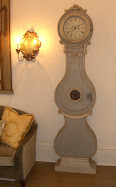.jpg)









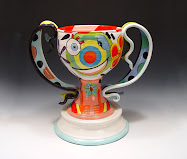
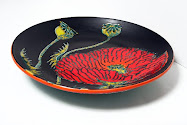

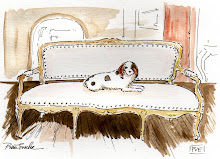



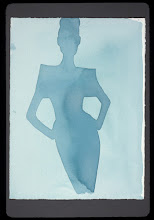

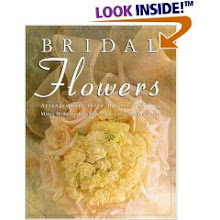
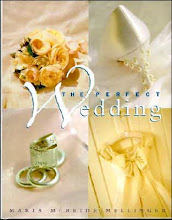


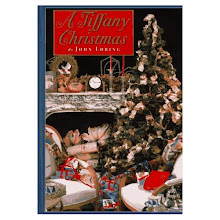
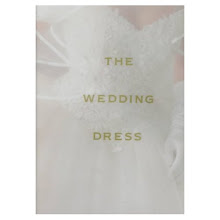
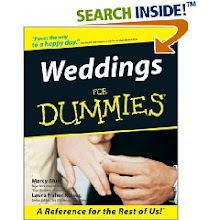


6 comments:
i think you have a fabulous blog.
regency, love it!!!
i have just linked you to my blog.
-it seems we drawn to alot of the same things.
thank you,
renee
Love the GRANDEUR!
Terrific post, Valorie! I love your vignette also. You are multi-talented!
I ordered my copy yesterday, along with the new Domino decorating book. Can't wait!
Great post, Valorie! As for the lack of mention of Jonathan Adler, I could be wrong, but I always thought Kelly Wearstler was the first to revive Hollywood Regency & that JA later jumped onboard.
-Lana
Hi Lana,
Kelly's book came out in 2004.
JA 2005.
I don't think he could copy her that fast and get a book out ha ha.
Both were developing their style and businesses almost exactly at the same time, and their work is pretty identical in many respects.
I think it's cool that they are now judges on TV together.
It just seems to me that Kelly gets all the "serious" consideration by the press, while Jonathan is just a fun fag about town ha ha.
I think if you write a big impoortant book about Hollywood Regency Revival, Jonathan Adler should be included.
Neither one of them originated the vernacular, but each one them interprets it brilliantly.
Emily taught me about Vogue Regency, and I think she might have mentioned Jonathan in that regard.
xo xo xo
Post a Comment